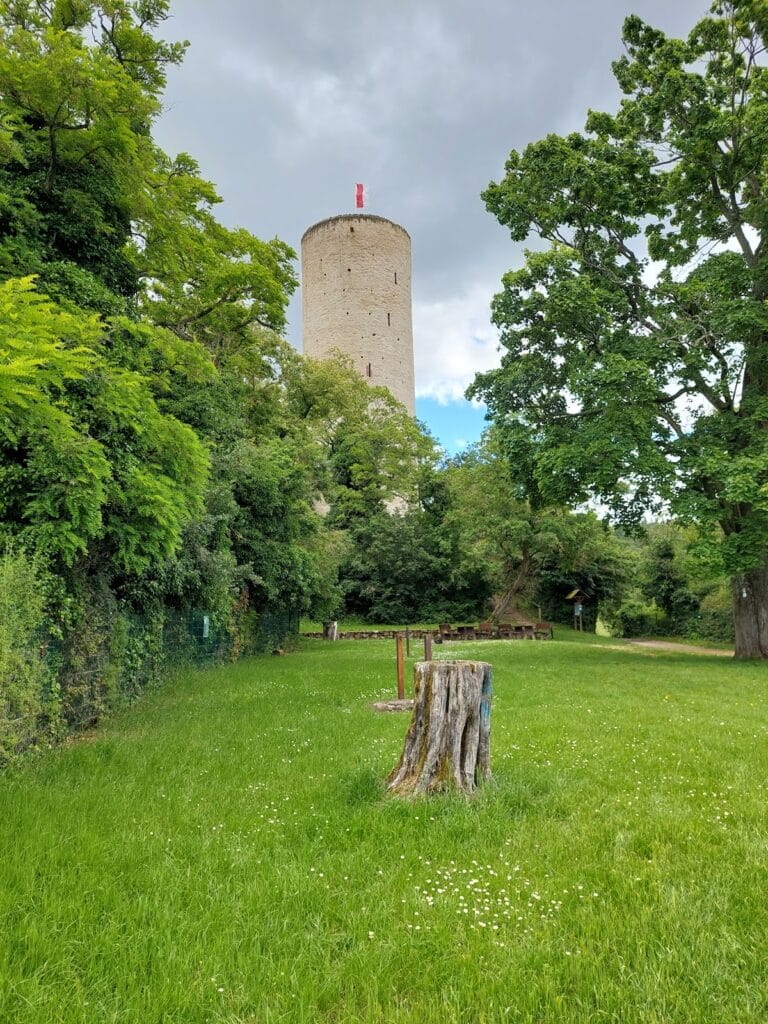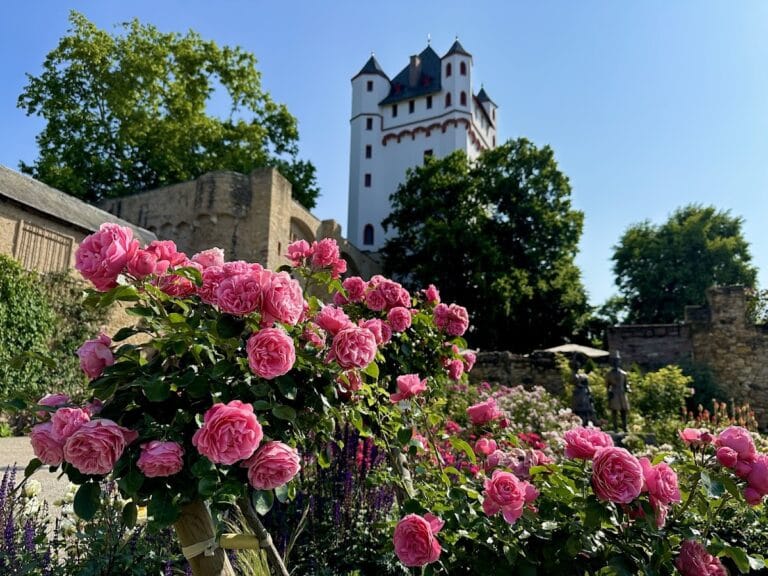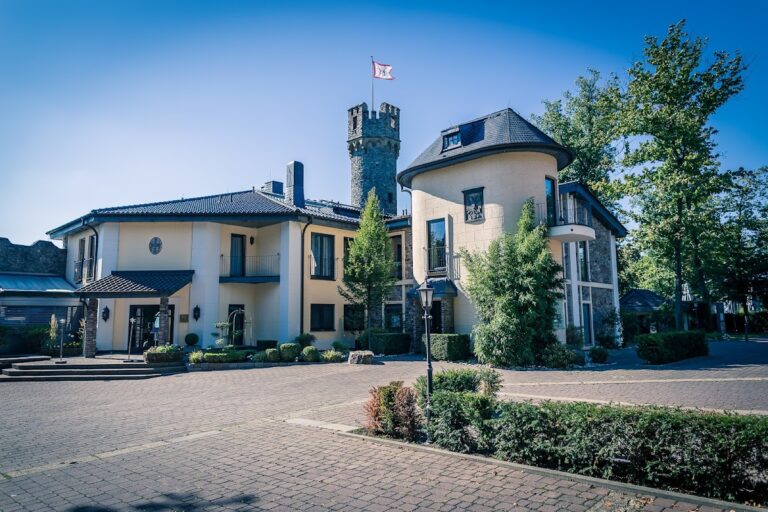Burg Hohenstein: A Medieval Rock Castle in Germany
Visitor Information
Google Rating: 4.5
Popularity: Low
Google Maps: View on Google Maps
Official Website: www.schloesser-hessen.de
Country: Germany
Civilization: Medieval European
Remains: Military
History
Burg Hohenstein is a medieval rock castle ruin located near the town of Hohenstein in present-day Germany. It was constructed by the Counts of Katzenelnbogen during the late 12th or early 13th century, likely between 1190 and 1230, reflecting the strategic importance of the region during the High Middle Ages.
From around 1260, the castle served as the seat of the younger branch of the Katzenelnbogen family, an influential noble line. In the early 15th century, Count Johann III of Katzenelnbogen, who lived from 1402 to 1444, undertook significant expansions of the fortress, enhancing its defensive and residential structures. However, during conflicts that occurred in the same period against the neighboring Counts of Nassau, the castle is believed to have been either destroyed or severely damaged.
The lineage of the Katzenelnbogen counts came to an end in 1479 with the death of Philipp of Katzenelnbogen, the last male heir. Through marriage, the castle and its surrounding territory passed into the hands of the Landgraviate of Hesse, as the heiress Anna was wed to Landgrave Heinrich III of Hesse-Marburg. This transfer marked a shift in regional control and integration into the growing Hessian domains.
By the early 17th century, the castle had fallen into neglect but was restored under the direction of Landgrave Moritz of Hesse-Kassel around 1604. Moritz frequently stayed at the castle from approximately 1616, reviving its role as a noble residence. During the turbulent times of the Thirty Years’ War, however, Burg Hohenstein suffered further damage. In 1647, troops from Hesse-Kassel set the castle on fire amidst hostilities between rival Hessian lines based in Kassel and Darmstadt.
While certain parts of the castle remained in use up to around 1778, the site gradually deteriorated into ruin thereafter. Ownership of the castle eventually passed to the state of Hesse in 1949. Since then, efforts to preserve the remaining structures have been overseen by the State Palaces and Gardens Authority of Hesse. Beginning in 2020, restoration work has focused on repairing the medieval gate tower and surrounding defensive walls, aided by detailed modern surveying to inform further conservation plans.
Remains
The remnants of Burg Hohenstein reveal the layout of a fortification built primarily from stone, perched on a rocky elevation. The surviving elements include two main defensive walls known as shield walls, which were designed to absorb and deflect attacks. The outer shield wall dates from the late Gothic period, while the inner one originated in the 13th century. Each of these walls is guarded by two towers, which provided vantage points and additional defense.
One of the most prominent features is the bergfried, a tall main tower common in medieval castles, serving primarily as a lookout and refuge rather than as living quarters. Access to the bergfried is via narrow spiral staircases, typical for such structures, which also connect to pathways running along the tops of both shield walls. These walkways allowed defenders to move along the walls while remaining protected.
The residential buildings that once stood within the castle walls have not survived. Notably, the palas, which was the main hall of the castle where the noble household lived and official business was conducted, collapsed entirely in 1864. Other parts of the castle, including gate structures, have been the focus of recent restoration. Work has concentrated on repointing the stone masonry—that is, renewing the mortar between stones—especially around the medieval gate tower and adjacent sections of the ring wall that encircles the complex.
In efforts to preserve the masonry and prevent further harm, vegetation such as trees and shrubs growing close to the stonework has been cleared in a strip roughly five meters wide around the castle. This removal also enabled the use of drone-mounted laser scanning technology to capture precise measurements and details of the ruins. Such advanced surveying is intended to guide comprehensive restoration efforts, building upon the earliest surviving building plans dating back to 1608.
Burg Hohenstein stands near the ruins of another nearby castle, Burg Greifenstein. Historical evidence suggests the defensive works of these two sites were once linked, providing a fortified network controlling the surrounding territory. Despite its current fragile state, the main gate tower, parts of the surrounding walls, and the bergfried remain extant, offering valuable insight into medieval military architecture and noble residence design in the Taunus region.










